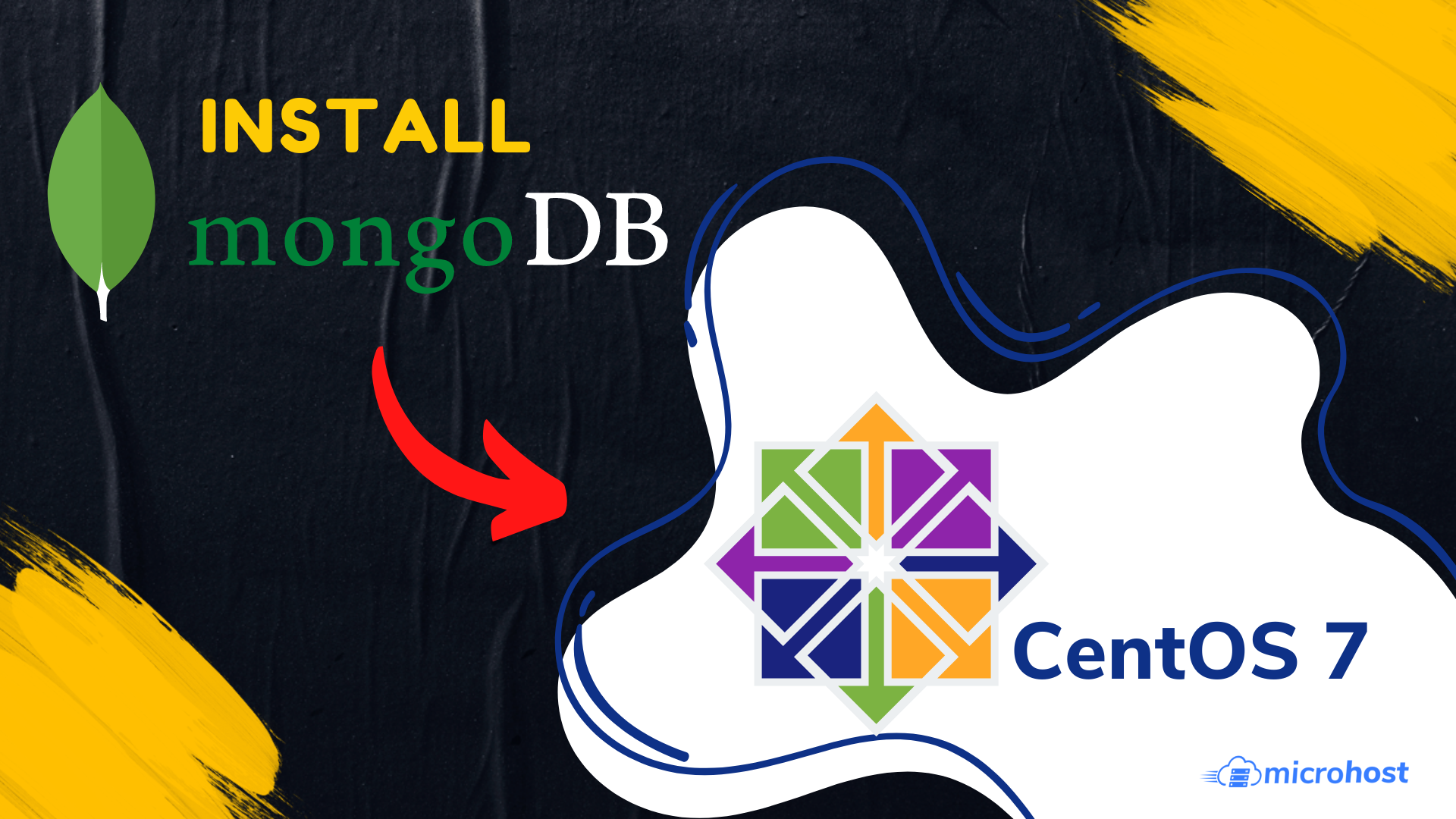Installing MongoDB on CentOS 7

MongoDB is a database engine that provides access to non-relational, document-oriented databases. It is known as a NoSQL database, because it is not based on a conventional table-oriented relational database framework.
Unlike relational databases, before you add data to a database, MongoDB doesn't require a predefined schema. You can alter the schema at any time and as often as is necessary without having to setup a new database with an updated schema.
Add MongoDB Yum Repository
Create a new file, vi /etc/yum.repos.d/mongodb-org-4.2.repo so that you can install the latest release using yum. Add the following contents to the file:
vi /etc/yum.repos.d/mongodb-org-4.2.repo
[mongodb-org-4.2] name=MongoDB Repository baseurl=https://repo.mongodb.org/yum/redhat/$releasever/mongodb-org/4.2/x86_64/ gpgcheck=enabled=gpgkey=https://www.mongodb.org/static/pgp/server-4.2.asc
Install MongoDB
sudo yum install mongodb-org
Configure MongoDB
The configuration file for MongoDB is located at /etc/mongod.conf, and is written in YAML format.
security: authorization: enabled
Start and Stop MongoDB
Start the MongoDB service with the systemctl utility:
sudo systemctl start mongod
To restart the mongod process
sudo systemctl restart mongod
The stop command halts all running mongod processes.
sudo systemctl stop mongod
MongoDB can also be started on boot:
sudo systemctl enable mongod
Create Database Users
1. Open the mongo shell
mongo
2. By default, MongoDB connects to a database called test. Before adding any users, create a database to store user data for authentication:
use admin
3. Use this command to create an administrative user with the ability to create other users on any database. For better security, change the values mongo-admin and password:
db.createUser({user: "mongo-admin", pwd: "password", roles:[{role: "userAdminAnyDatabase", db: "admin"}]})
Hold these credentials for future reference in a secure spot. All the information will be displayed to the database except the password.
4. Exit the mongo shell:
quit()
Backup and restore MongoDB Database
We use these tools:
- mongodump
- mongorestore
Command to mongodb backup
The mongodump command will create a backup / dump of the MongoDB database with the name specified by the --db [DB NAME] argument.
The --out /var/backups/`date +"%Y%m%d" argument specifies the output directory as /var/backups/[TODAY'S DATE] e.g. /var/backups/20190903
sudo mongodump --db [DB NAME] --out /var/backups/date +"%Y%m%d"
It assumes that you have a running mongodb instance on port 27017.
Mongodb backup when database is on remote server or port is different on localhost
mongodump --host <hostname>: --db <source database name> --authenticationDatabase <source database name> -u <username> -p <password>
Commands to restore mongodb database
sudo mongorestore --db [DB NAME] /var/backups/[BACKUP FOLDER NAME]
Thankyou.